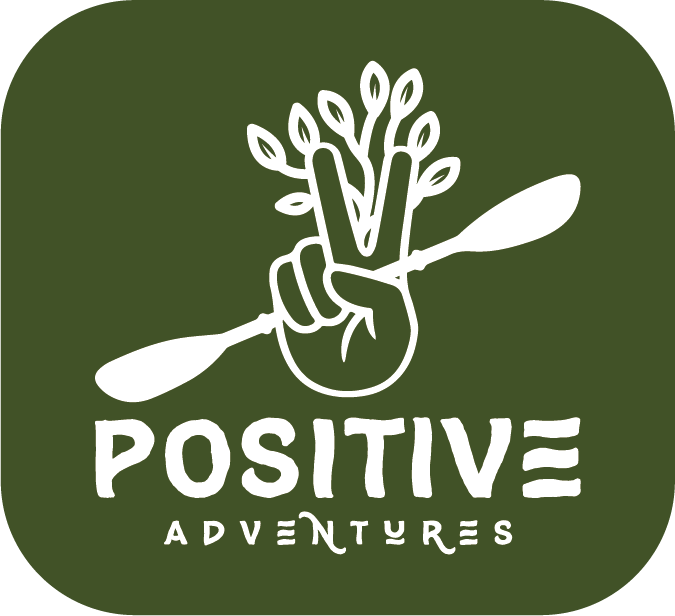If you drive around Newburyport you’ll see many beautifully manicured lawns, and alongside them, those little yellow pesticide application flags. You might not give those flags much thought, but there’s a good possibility that the products used on that lawn are hazardous both to human health and the environment.
As someone who has spent the vast majority of my working years in lawn care and pest control, I always had a personal conflict working with these chemicals, due to the negative impact they may have on my health and the environment.
Just as Newburyport is the birthplace of the U.S. Coast Guard, the first flying field of New England, and the home of the first turnpike in Massachusetts, I believe it’s time for the city to be a leader once again, and become the first town in Massachusetts to put a ban on synthetic pesticides.
One of the most overlooked aspects of pesticide applications is the non-target casualties from pesticides. Let’s say you use a service that sprays for mosquitos and ticks. If they are using traditional synthetic pesticides they are likely using a product with an active ingredient called Bifenthrin. While Bifenthrin is effective at killing mosquitos and ticks, it is also effective at killing bees, butterflies, dragonflies, ladybugs, fish, frogs, praying mantis, and other important pieces of our ecosystem. Colony Collapse disorder – where many worker bees vanish from hives – has also been linked to pesticide applications. With many sensitive areas in Newburyport such as the marshes, the river, and wetlands, banning synthetic pesticides is in our ecosystem’s best interest.
Colony Collapse Disorder among bees is a huge threat to our ecosystem and even the economy. Bees pollinate 70 of the approximately 100 different crop plants that feed 90% of the world, which is about $30 billion a year in crops. The recent reduction in the incidence of Colony Collapse is likely due to the slow adoption of organic alternatives and awareness of pesticide risks.
Bifenthrin can also cause neurological issues and reproductive issues in humans. Imidacloprid, commonly used for grub control in lawn care, has been linked to neurological and developmental problems in children. Glyphosate, the active ingredient in Roundup, increases the risk of Non-Hodgkin’s lymphoma. The list goes on.
Unfortunately, you can’t always trust lawn care and pest control companies. I have worked for several companies that have claimed to use only organic, and then asked me to add products that are either inorganic or not safe for bees. This is why I strongly encourage a ban on these products, to prevent it from being an issue in the first place.
At the end of the day, what can we do to protect our environment and our populace? I would argue for a ban on synthetic pesticides for products with safer alternatives (exceptions for dire circumstances, like termites destroying your home, would of course be acceptable). But lawn care and mosquito and tick control do have safe and effective alternatives. At the minimum, I encourage you to vote with your dollars, work with companies like my own Bee Friendly Organic Mosquito and Tick Control, which genuinely stand by organic methods, and have made commitments to using products that are safe for bees, pollinators, and other insects.
Anthony DeSantis
Newburyport
Founder, Bee Friendly Organic Mosquito and Tick Control
Passionate about a local issue? We want to hear from you. Check out our submission guidelines.
Subscribe to our Newsletter




Leave a Reply